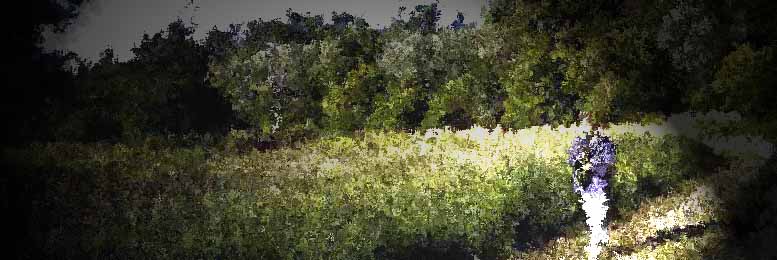Færsluflokkur: Saga
15.8.2006 | 22:12
Fórnarlömb fórnarlambanna
Á vef spiegel má oft finna athygliverðar greinar. Að þessu sinni langar mig að vekja athygli á grein sem fjallar um sýningu tileinkaða þeim þjóðverjum sem voru gerðir brottrækir af heimilum sínum í eftirmála síðustu heimstyrjaldar, þegar landamæri voru dregin að nýju.
Þessi sýning hefur vakið blendin viðbrögð, og segja margir að hún sé tilraun til að gera þjóðverja að fórnarlömbum, sem sé ekki rétt, þeir hafi verið árásaraðilinn.
En þetta er þó varla svona einfalt, eða hvað? Má ekki að sumu leiti segja að þjóðverjar hafi verið fórnarlömb nazismans, fengið jafn illa meðferð af þeirra hendi og margir aðrir? Að sama skapi voru íbúar Sovétríkjanna fórnarlömb kommúnismans og það sama má segja um kínverja og t.d. íbúa Kampútseu.
Hinu verður þó ekki á móti mælt að vissulega voru það fleiri þjóðverjar en þeir sem voru nazistar sem bera ábyrgð á hörmungunum, en samverkamenn þeirra mátti líka finna á meðal flestra þeirra þjóða sem þeir hernumdu. Þess vegna má segja að það er aldrei neitt eins einfalt og það sýnist.
En skoðum nokkur sýnishorn úr greininni:
"But the exhibition -- called "Forced Paths: Flight and Expulsion in 20th Century Europe" -- also has a large section on the post-World War II expulsion of some 12 to 14 million Germans from Poland and other Eastern European countries. In other words, say critics, the exhibition seeks to portray Germans as victims of World War II and to rewrite history. Plus, they point out, there's already an exhibition dedicated to the German expellees across the street in the German History Museum."
"The ongoing debate is not primarily about the historical facts. When the Soviets under Stalin agreed with the Western Allies to move the Polish border west to the Oder and Neisse rivers, millions of Germans who had long lived in areas now belonging to Poland were forced to leave. As many as 2 million died on the trek westwards and those who arrived in Germany had to live for years in temporary shelters and even in former concentration camps due to post-war housing shortages."
"And the exhibition itself -- which will run through October 29 -- is rather modest. The fate of the German expellees is presented along with that of eight other groups that were victims of forced resettlement in 20th century Europe. The result is a lot of text, a few items on display -- the centerpiece being the bell from the ship Wilhelm Gustloff which sank in January 1945 killing 9,343 Germans fleeing Poland -- and not a lot of clarity. If anything, it seems as though Steinbach's group is trying to keep the issue alive without stepping on any toes."
"But Eastern European fears are not so easily quelled. The Polish papers on Thursday ramped up their anti-German rhetoric to mark the exhibition's opening. "The biggest difference (between Germany and Poland) in their approach to history," writes the weekly Wprost, "is that in Poland and in other countries, one thinks primarily about those things the Germans would rather forget.""
Nú verður það að teljast líklegt að á meðal þeirra sem þurftu að yfirgefa heimili sín hafi verið bæði dyggir stuðningsmenn nazista og svo þeir sem hefur verið lítið um þá gefið. Um þá síðari má því ef til vill segja að þeir hafi verið fórnarlömb fórnarlambanna.
En sagan geymir margt óréttlætið og það er oft erfitt að finna lausnir sem að hentar öllum og allir halda sínu. Málamiðlanir og samningar fela það því miður oft í sér að ekki eingöngu gefi allir eitthvað eftir, heldur verður hlutur þeirra sem ekki sitja við borðið frekar rýr.
Saga | Slóð | Facebook | Athugasemdir (0)
